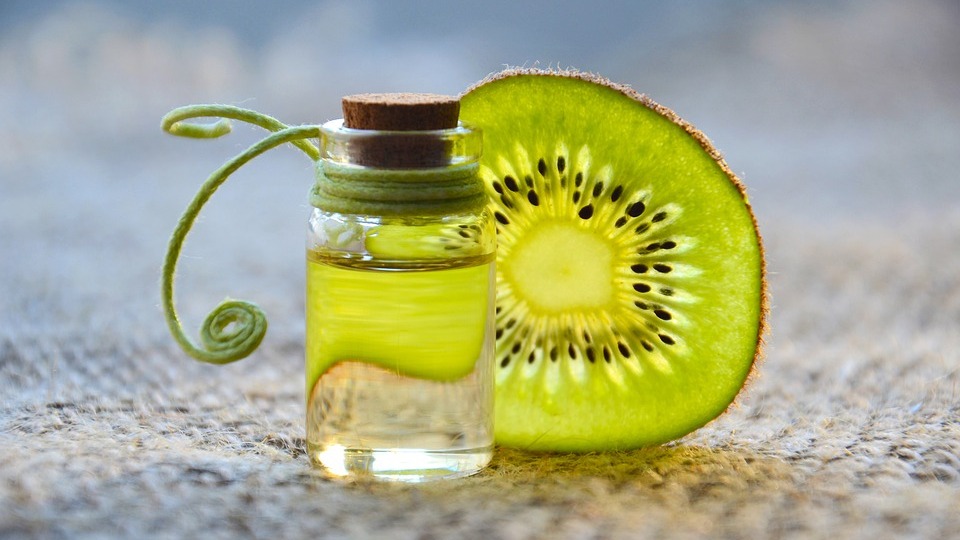Camphene
Camphene The camphene, whose term in the official IUPAC nomenclature is: 2,2-dimethyl-3-methylene-bicycle [2.2.1] heptane is a compound belonging to the
Read more
 Section dedicated to technical data sheets on natural active ingredients produced by plants or fungi and of various uses in food, pharmaceuticals and chemistry. Among these substances some have legislative restrictions, also depending on the country where they can be used. The most important thing that emerges from the study of these is that Nature is our largest laboratory, able to offer us all the necessary solutions.
Section dedicated to technical data sheets on natural active ingredients produced by plants or fungi and of various uses in food, pharmaceuticals and chemistry. Among these substances some have legislative restrictions, also depending on the country where they can be used. The most important thing that emerges from the study of these is that Nature is our largest laboratory, able to offer us all the necessary solutions.
Guido Bissanti
Salicylic acid Salicylic acid whose term in the IUPAC official nomenclature is: 2-hydroxybenzoic acid is also known by the alternative
Read moreCarnosic acid Carnosic acid whose term in the IUPAC official nomenclature is: (4a R, 10a S) -5,6-Dihydroxy-1,1-dimethyl-7-propan-2-il-2,3,4,9,10 , 10a-hexahydrofenantenene-4a-carboxylic is
Read moreEthidronic acid Ethidronic acid, whose term in the official IUPAC nomenclature is: (1-hydroxyethan-1,1-dile) bis (phosphonic) acid, also known as 1,1hydroxyethylidene-1,1-diphosphoric
Read morePhenylacetic acid Phenylacetic acid (PAA) is a carboxylic acid with brute or molecular formula: C8H8O2. Phenylacetic acid is also known
Read moreUronic acids Uronic acids are monocarboxylic acids derived from aldose or ketose monosaccharides, obtained by oxidation of a primary alcohol
Read morePhytic acid Phytic acid, or inositol-hexaphosphoric acid, is an organic compound having a brute or molecular formula: C6H18O24P6. Phytic acid
Read more